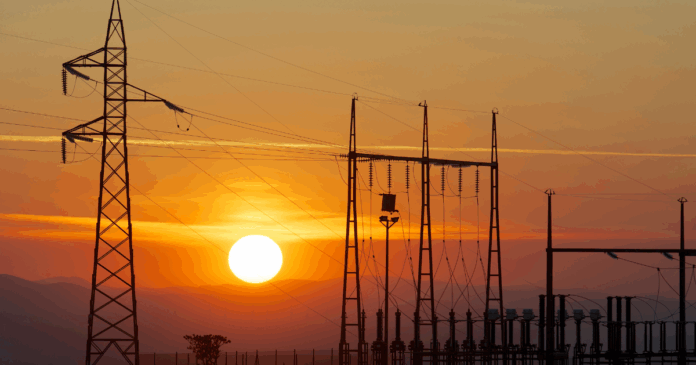As previously discussed in past articles, the EPIRA, or the Electric Power Industry Reform Act of 2001, was passed under President Gloria Macapagal-Arroyo, intending to reduce debt and encourage the private sector to participate in the energy industry.
But what existed before that?
Back during the term of President Ferdinand E. Marcos Sr., there was only the National Power Corporation (NPC), which was in charge of both generating and transmitting electricity.
Then came debt – massive amounts of it.
There were varying factors behind the need to sell off the NPC. Primarily, it was because the country’s external debt rose dramatically from $2.3 billion in 1970 to $26.2 billion by 1985, making it one of the most indebted nations in Asia. The government had to find a way of paying off that debt, not to mention that the Philippine Peso depreciated greatly against the US dollar, and with most of the nation’s loans being in US dollars.
That continued, along with alleged cases of mismanagement and other issues that by the 1990s, the path forward was bleak.
When the EPIRA came into effect in 2001, it created the Power Sector Assets and Liabilities Management Corporation (PSALM), a government-owned and controlled corporation whose mandate was to sell off NPC’s generation assets, TransCo’s transmission assets, and various Independent Power Producer (IPP) contracts.
That is how we find ourselves today with all these private entities generating electricity. In a previous article, we explained how power is generated from a private entity (the people who make the electricity), travels through lines maintained by the National Grid Corporation (NGCP), before it even reaches another local private distributor, then to the consumer.
As mentioned earlier, it goes through three different entities before it even reaches the socket in your house. That’s three different entities with different policies and agendas.
Today, some assets are still being sold off, while most of what was state-controlled power has shifted to the hands of the private sector. Billions of pesos have been remitted, which have gone to either paying for state debt, routed to internal investment, and other state activities. And with PSALM’s life span of 25 years set to expire in 2026, the question now stands: are we done slicing and dicing, and is it time to start putting the pieces back together?



